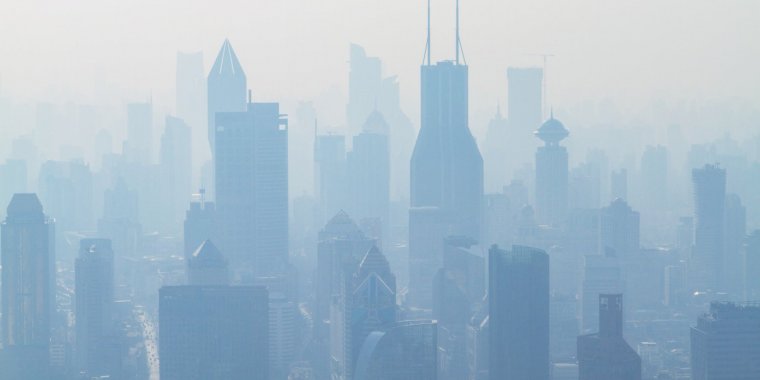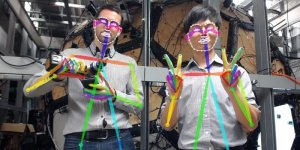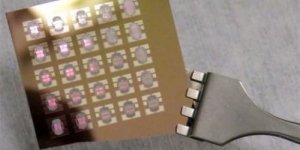| News / Tech News |
Smog-eating graphene composite reduces atmospheric pollution
Working in collaboration with the Italcementi HeidelbergCement Group and other partners, the Cambridge scientists developed a photocatalyst that degrades up to 70% more atmospheric nitrogen oxides (NOx) than standard titania nanoparticles in tests on real pollutants.

Smog. Photo: Holger Link/Unsplash
While researchers are developing new technologies and energy sources that will drastically reduce the volume of pollutants emitted into the atmosphere in the first place, they are also on the hunt for new ways to remove more pollutants from the atmosphere.
Photocatalysts such as titania are one way to do this. When titania is exposed to sunlight, it degrades harmful nitrogen oxides and volatile organic compounds present at the surface, oxidising them into inert or harmless products.
Now, the researchers demonstrated that a composite of titania and graphene – a two-dimensional form of carbon - has significantly more powerful photodegradation properties than bare titania.
Researchers from the Cambridge Graphene Centre prepared and tested the composite, confirming its ability to photocatalytically degrade pollutant molecules, then researchers at Italcementi applied the coating to concrete to investigate its potential for environmental remediation.
Photocatalysis is one of the most powerful ways we have to depollute the environment because the process does not consume the photocatalysts. It is a reaction activated by solar light.
By performing liquid-phase exfoliation of graphite – a process that creates graphene – in the presence of titania nanoparticles, using only water and atmospheric pressure, the scientists created the new graphene-titania nanocomposite.
They found that it passively removes pollutants from the air when coated on the surface of materials. If applied to concrete on the street or the walls of buildings, the harmless photodegradation products could be washed away by rain or wind, or manually cleaned off.
To measure the photodegradation effects, the team tested the new photocatalyst against NOx and recorded a 70% improvement in photocatalytic degradation of nitrogen oxides compared to standard titania.
They also used rhodamine B as a model for volatile organic pollutants, as its molecular structure closely resembles those of pollutants emitted by vehicles, industry and agriculture.
They found that 40% more rhodamine B was degraded by the graphene-titania composite than by titania alone, in water under UV irradiation.
But there are challenges to be addressed before this can be used on a commercial scale. Cheaper methods to mass-produce graphene are needed. Interactions between the catalyst and the host material need to be deepened as well as studies into the long-term stability of the photocatalyst in the outdoor environment. (University of Cambridge)
YOU MAY ALSO LIKE





